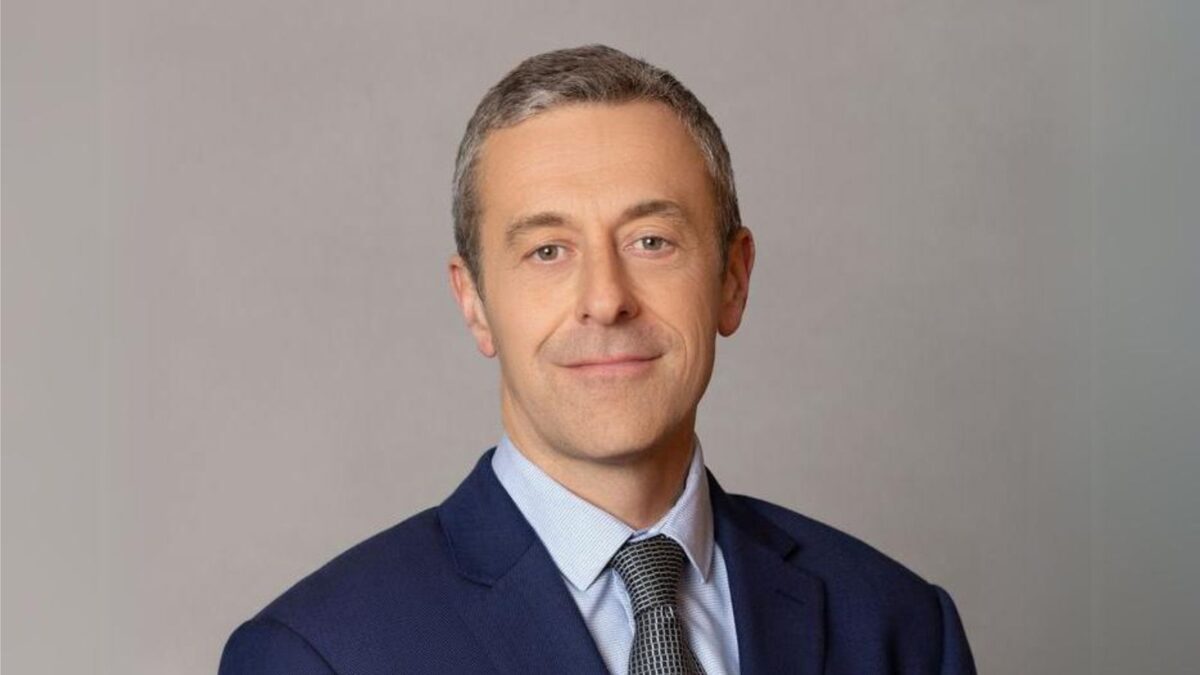The Aberdeen story: why history matters
(pictured: Martin Gilbert)
by Greg Bright
In these days of increasing variety in investment structures, from traditional LICs to listed investment trusts, to ETFs to SMAs and IMAs, to mFunds and, most recently, to exchange quoted managed funds, it’s the traditional – the LIC – which investors and managers alike still tend to favour.
For some big old global managers, such as Aberdeen Asset Management, the LIC also conjures up a sense of history. All those vehicles have advantages and disadvantages but it is only the LIC that has stood the test of a very long time.
In 1983, Martin Gilbert, Aberdeen AM’s co-founder and chief executive, bought the management rights for an investment trust, which was started in 1876 to allow Scottish and English investors to invest in farmland in Canada. In 1876 North America was an emerging market, as China is – at least according to the index providers – today. And British investors were at the forefront of international investing, particularly in the developing world.
Aberdeen is now an oil town, thanks to the discovery of North Sea Oil in the 1970s, and with a population of fewer than 200,000 does not boast much of a financial services sector, unlike Scotland’s capital of Edinburgh. Aberdeen AM, with more than US$300 billion under management and offices all over the world, is the stand out.
On a visit to Aberdeen’s Sydney office last week, Gilbert points out, though, that back in the 19th century closed-end funds were arguably more popular than they are now. That first Aberdeen trust to invest in Canada raised something like 10 million pounds. “You’d be happy to raise that today,” Gilbert says.
From a manager’s point of view it’s the permanent nature of the capital which is most appealing, allowing longer-term investing without the whims of short-term market moves. For investors, it’s the ability of the trust to hold onto its gearing, even in a downturn, and the greater flexibility this gives the manager. A closed-end fund can more readily be benchmark agnostic.
Gilbert says that usually the charges are lower for a closed-end fund too – compared with other retail products – but this is not material. “Closed-end funds are brilliant,” he says. “We manage more than 40 of them around the world.”
Aberdeen’s substantial Australian business also has a strong affinity with closed-end funds. Aberdeen bought the former high-flying Australian manager EquitiLink in 2000 for a reported A$80 million. This included three US-domiciled listed trusts which had actually been the saviour of EquitiLink after the sharemarket crash of 1987. Several alpha-seeking managers which had been topping the performance charts up until October 1987 were either sold or shut down after the crash. EquitiLink’s owners, however – known as the ‘EquitiLink twins’, Brian Sherman and Laurence Freedman – came up with the idea to sell Commonwealth country bonds to the Americans. It saved the firm. EquitiLink became, mainly, a bond manager.
The twins shared a palatial office in their rooms near Circular Quay in Sydney and were one of the few successful joint-CEO teams. They hired Ouma Sananikone, an experienced head of investments at BNP Paribas, who ultimately sold the business on their behalf, to instill greater investment integrity and robust processes. The investors who stayed the course also benefitted from that.
Gilbert says: “EquitiLink has been a fantastic success for us. It took us into the US closed-end fund market. We’ve expanded there from three to about 20. It’s been phenomenal for us.”
He believes that the Aberdeen AM story is one of evolution rather than revolution. The founders have always been “opportunistic”, he says. Acquisitions, such as EquitiLink and the more recent platform provider Parmenion, have played an important part in the growth.
As an aside, Parmenion also has an Australian connection. Its managing director is Martin Jennings, who was previously the Australian managing director of the New Zealand-based platform systems provider FNZ, whose main business is in the UK.
A frustration for the business side of the firm’s institutional investment management capabilities is North America, where it does not have significant market share even though it has a strong international product range to offer. Asia, on the other hand, is delivering on Aberdeen’s very early expansion in the region. Hugh Young, the investment director in charge of Asia, has worked at Aberdeen since the early 1990s.
Gilbert says he likes to go on company visits with Young in Asia, where “it’s all about the quality of the management”, but he does not want to manage money himself again. He tried that many years ago, he says, and decided he was better at other things, such as the business of funds management.








